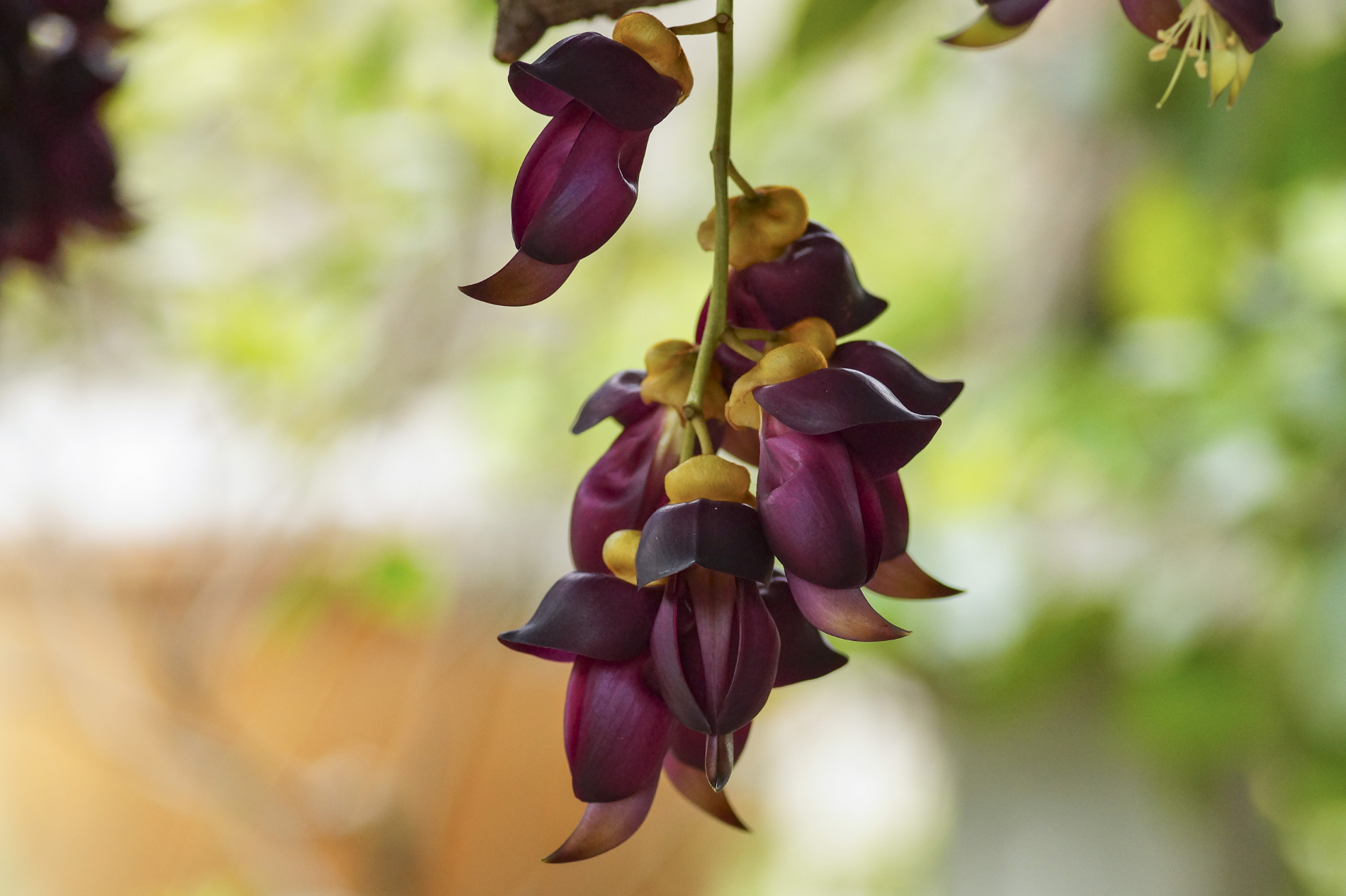The discovery of woodruff
Sweet woodruff (Galium odoratum), also known as bedstraw, is an aromatic plant that is native to the temperate latitudes of Europe and Asia. It prefers to grow in shady deciduous forests and has been valued for centuries for its healing properties. As early as the Middle Ages, it was cultivated by monks in their gardens and used to make remedies and liqueurs. The characteristic scent is created by the coumarin contained in the plant, which is released when the leaves are dried.
Dosage forms and dosage
Woodruff can be taken in various forms:
- Tea: To make woodruff tea, pour hot water over 1-2 teaspoons of dried woodruff leaves and leave to infuse for 10 minutes. Up to two cups a day is a usual dosage.
- Syrups and liqueurs: Woodruff syrup is often used to flavor drinks such as May punch. Liqueurs also often contain woodruff extracts.
- Capsules and tablets: In modern naturopathy, it is offered in concentrated form as a dietary supplement.
- Essential oils: They are used in aromatherapy and can be used both externally and internally.
The recommended dosage varies depending on the product and form of application. For teas and syrups, the recommended amount should always be observed to avoid overdosing.
Woodruff: healing properties and areas of application
It is traditionally used for a variety of ailments. Some of the most notable healing properties are:
- Calming and sleep-inducing: it has a calming effect on the central nervous system and is therefore used to alleviate sleep disorders and promote relaxation.
- Digestive: The plant promotes digestion and can help with stomach complaints, flatulence and cramps.
- Blood purification and detoxification: It has a blood-purifying effect and supports the detoxification of the body by promoting the elimination of harmful substances.
- Pain relief: Due to its anti-inflammatory properties, it is also used to relieve headaches and migraines.
How it works in the body
The healing ingredients of woodruff, especially coumarin, have a variety of effects in the body:
- Calming: coumarin has a relaxing effect on the nervous system, which can improve sleep and reduce anxiety.
- Circulatory stimulant: It improves blood circulation and can therefore be helpful in cases of circulatory disorders.
- Anti-inflammatory: The anti-inflammatory properties of coumarin help to relieve pain and swelling.
Recommended consumption and precautions
Woodruff should preferably be taken in the following situations:
- For sleep disorders and stress: The calming effect can be helpful in cases of sleep disorders and stress.
- To support digestion: It can provide relief for digestive problems.
- For detoxification and blood purification: It can have a supportive effect during detoxification cures.
However, there are also groups of people for whom the use of woodruff is not recommended:
- Pregnant women and breastfeeding mothers: Pregnant women and breastfeeding mothers should avoid it due to its coumarin content.
- People with liver disease: Coumarin can put a strain on the liver, so caution is advised.
- Blood clotting disorders: As it can affect blood clotting, people with blood clotting disorders or people taking blood thinners should exercise caution.
Additional medicinal plants and food supplements
The following medicinal plants and dietary supplements can be taken to support the effect of woodruff:
- Lemon balm and valerian: These plants enhance the calming effect of woodruff.
- Peppermint and camomile: They support digestion and can help with stomach complaints.
- Vitamin C and zinc: These food supplements support the immune system and can complement the detoxifying effect of woodruff.
Foods rich in coumarin
Some foods also contain coumarin, which can support the effect. These include:
- Cinnamon: Cassia cinnamon in particular contains high amounts of coumarin.
- Tonka beans: These are often used to flavor desserts.
Woodruff: side effects and overdose
While it is safe in reasonable amounts, side effects can occur in case of overdose:
- Headaches and dizziness: excessive ingestion of coumarin can lead to headaches and dizziness.
- Liver toxicity: Excessive intake can stress the liver and lead to liver damage.
- Nausea and vomiting: These symptoms can also occur with an overdose.
Woodruff: naturopathy and use
It is used in various forms in naturopathy:
- Tinctures and extracts: These are used internally for digestive complaints and for detoxification.
- Ointments and creams: Applied externally, they help with skin irritation and inflammation.
- Aromatherapy: Essential oils are used for relaxation and calming.
Conclusion
In summary, woodruff is a versatile medicinal plant with a long tradition in folk medicine. When used correctly, it can alleviate many ailments and improve general well-being. However, caution is advised to avoid possible side effects and overdoses.




